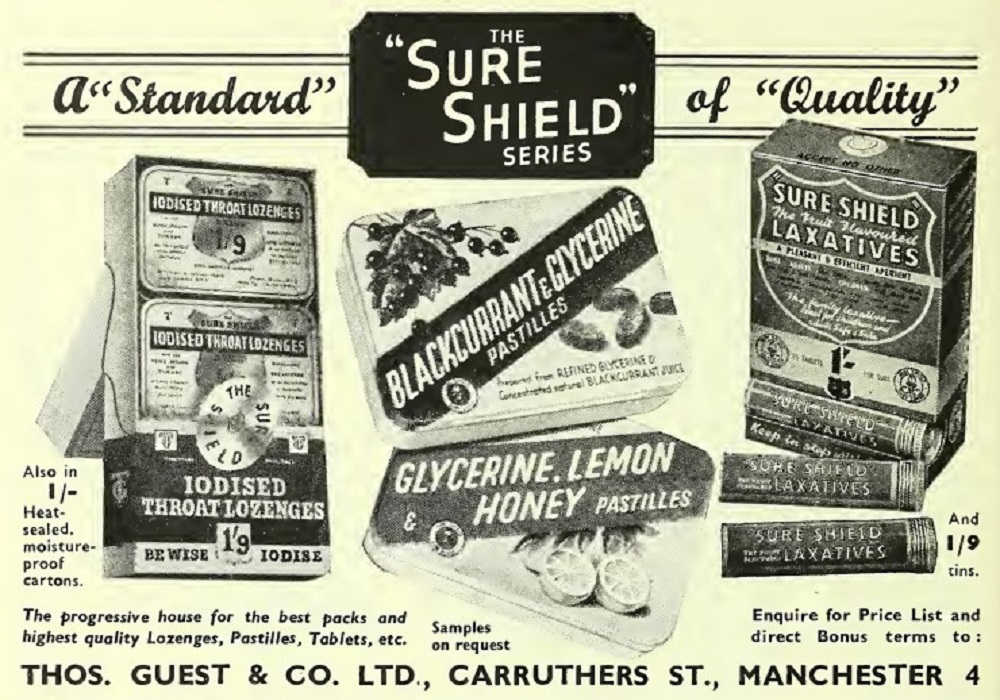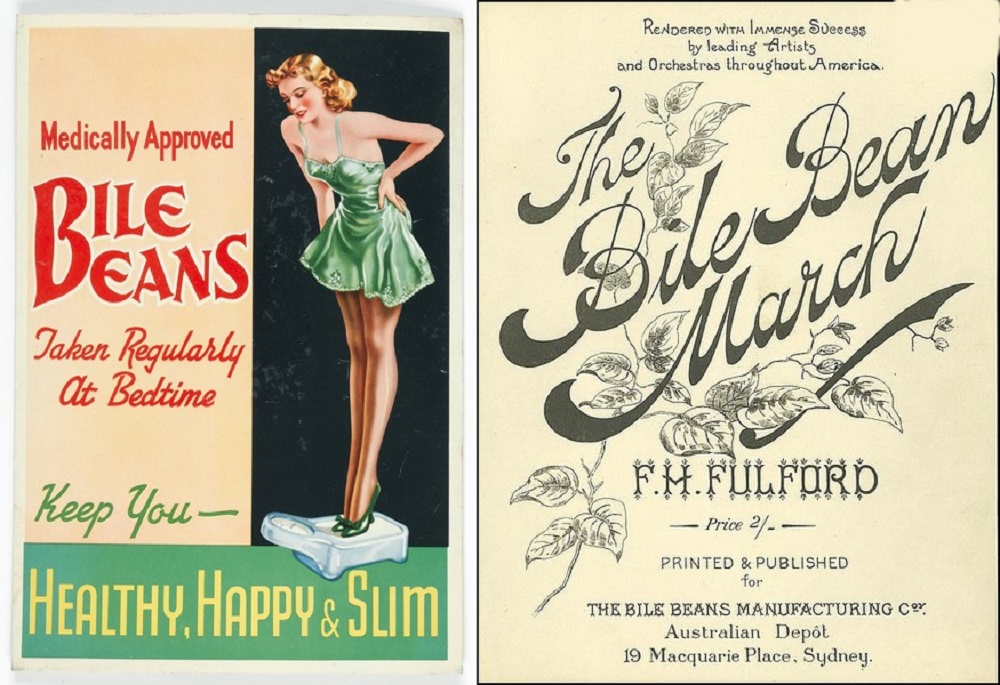 I’m at NWTAC’s theatre on Lightbowne Road, Moston settling down and soaking up the atmosphere. It’s January, bleak and I need cheering up.
I’m at NWTAC’s theatre on Lightbowne Road, Moston settling down and soaking up the atmosphere. It’s January, bleak and I need cheering up.
Our story is set by the Blind Cobbler, aka Harry Gardner, displaying a magical pair of boots and how they will work wonder on anyone who wears them. Harry’s portrayal was spot on, as it was each time he appeared on stage, and I rather warmed to the chap.
The multi-talented Jonny Molyneux swapped his assistant director’s chair (Scrooge the Musical) for a variety of tree-mendous, resplendent Dame costumes. He had us in stitches from the moment he arrived on stage, with great comedy timing, ad libs and the ability to engage an audience with skill and confidence. He was ably supported by Alfie Cook, Lois Dibden and Erin Carty playing the hapless trio Muddles, George and a very comical Esra.
The magical boots transformed the delightful cat (Shannon Ryan) into ‘Puss in Boots’, played by Poppy Evans. This purrfect casting really paid off. Poppy and Kate Bannister, as her master/Principal Boy Colin, worked so well together. Both have fabulous voices, they nailed their routines and were a delight to watch.
Kate also sang duets with the Principal Girl, Princess Rosalind, played by Grace Donohue. Her parents were inspired when this young lady was born. She literally graced the stage and when she sang a solo, she owned it. I’m not biased by the fact the song was one of my favourite Lewis Capaldi tracks – honestly, she just delivered it so well.
A special mention has to go to James Burke. James’s characterisation of a ‘camp’ Spanish court chamberlain was fabulous. His accent and mannerisms were superb. Most of his appearances on stage were shared with a convincingly ‘spaced-out’ dizzy-minded King Phillip (Gareth Maudsley) making a great comedy duo.
The main characters were supported by a cast of nimble dancers and an ensemble that had me wondering just how big the area behind the stage must be. They arrived on stage and exited again with their own air of professionalism, working their routines to deliver a memorable and slick performance. They all looked and sounded amazing.
It’s easy to take the passage from one scene to the next for granted. The plot unfolds in various locations including a woodland copse, a palace, castle, dungeons and cat world but each transition is seamless. Scenery glides about silently, with not a bump or wobble to be heard or seen. It’s all part of the magic and the NWTAC production team pull it off perfectly. They deserved the applause at the end as much as stage performers.
Preparations will already be underway for the next project, Bouncers and Shakers so, if you’ve no plans for Valentine’s Day, look no further. Performances take place on Friday 14th and Saturday 15th February. Tickets are in demand and will sell out fast, so best book early.
A few short weeks after that NWTAC will be performing Shakespeare’s A Midsummer Night’s Dream, running from Thursday 12th March to Saturday 14th March.
Productions planned later in the year include Factory Fest, Hairspray and High School Musical.
Full details including dates and how to book can be found on NWTAC’s website, just click here. You can even sign up to join their mailing list.
 Grandad was asthmatic, so we knew all about ‘bad chests’ in our house. He accepted his NHS inhaler gratefully, but he continued to wear Thermogene next to the skin for luck. Pink in colour, Thermogene’s texture most resembled modern roof insulation, with a smell that was redolent of a chemical weapons establishment. But for those who were put off by its pong, there were always Do-do tablets. Also known as Chesteze, they contained caffeine and ephedrine to relieve breathlessness, wheezing and other symptoms of asthma.
Grandad was asthmatic, so we knew all about ‘bad chests’ in our house. He accepted his NHS inhaler gratefully, but he continued to wear Thermogene next to the skin for luck. Pink in colour, Thermogene’s texture most resembled modern roof insulation, with a smell that was redolent of a chemical weapons establishment. But for those who were put off by its pong, there were always Do-do tablets. Also known as Chesteze, they contained caffeine and ephedrine to relieve breathlessness, wheezing and other symptoms of asthma. Aspro were sold in a distinctive cellophane strip (the inspiration for bubble packs perhaps?). Many regarded them as superior, purely because of the brand name, but their ingredients were actually the same as generic aspirin tablets.
Aspro were sold in a distinctive cellophane strip (the inspiration for bubble packs perhaps?). Many regarded them as superior, purely because of the brand name, but their ingredients were actually the same as generic aspirin tablets. Advertising drives would see men blitzing a neighbourhood with Bile Bean flyers containing testimonials from satisfied customers. One of the most extreme was from a mother who claimed she had been preparing her daughter’s grave clothes, just prior to said daughter’s recovery, due entirely to Bile beans!
Advertising drives would see men blitzing a neighbourhood with Bile Bean flyers containing testimonials from satisfied customers. One of the most extreme was from a mother who claimed she had been preparing her daughter’s grave clothes, just prior to said daughter’s recovery, due entirely to Bile beans!